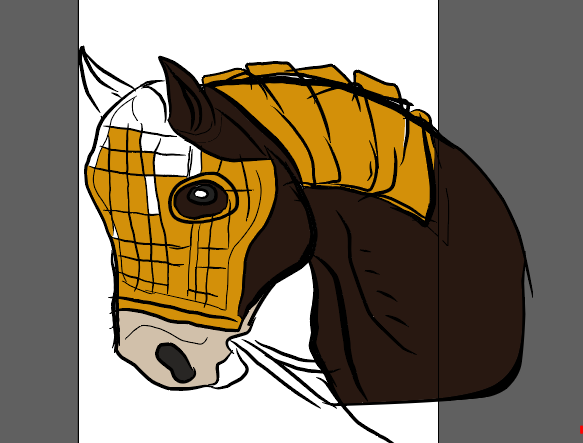-
Posts
25.684 -
Joined
-
Days Won
300
Everything posted by Lion.Kanzen
-
Why not add as bonus of faction?
-
yes, but better before they mentioned that topic the post was closed.
-
inverse research. This map, which was created in 1909, serves as a geographical representation of the land of Thebes, which is the epicenter of Ovid's Metamorphoses and Greek Mythology.
-
In fact, Africa was not known either in the opposite way to coffee. Is American (continent). The Europeans made those with their colonies. Bring products from one place to another.
-
Chocolate thing.
-
La de cultivos , la de herramientas de obsidiana, la que sustituyen a la rueda. Y los bonus de canteras de piedra. Nahualismo. Sacrificios humanos. Debería dar un bonus psicológico entra sus enemigos. what?
-
yes, another reason not to use op stuff.
-
aesthetic reasons and perception. I find them cliche.
-
they did not keep the balance. AoE 3 and AoM are assymetrical.
-
it's normal, it's their first alpha.
-
including unique technologies takes time. the priority is the generic tech tree and then the cultural/regional tech tree.
-
uh...the gate...I hardly ever make it.
-
le estoy explicando lo del periodo formativo. dando entender que va haber mas de una facción.
-
in theory it would be less SC2. Yes, I guess there are more factors. well they said it about the attack with respect to A23. Units die a bit quicker now.
-
what is that?
-
.thumb.png.ce58cea22940c255f5b0a735d5abee36.png)
Wow's new unit countering ideas
Lion.Kanzen replied to wowgetoffyourcellphone's topic in Gameplay Discussion
How close are we to getting that? -
we need to vote on this option once and for all. i'm tired of all civs playing the same way.
-
to avoid APMs, combat must be slowed down. slow peace this way you can manoeuvre your units.
-
pavos/ojolotes
-
estoy con ese arquero, que debo ser valiente y mejorarlo. y luego icono para caballeria de elite. voy mejorar otros. tengo fotografías que pueden servir para otros.
-
feedback on this faction would be nice. It's kind of like early mayans.






